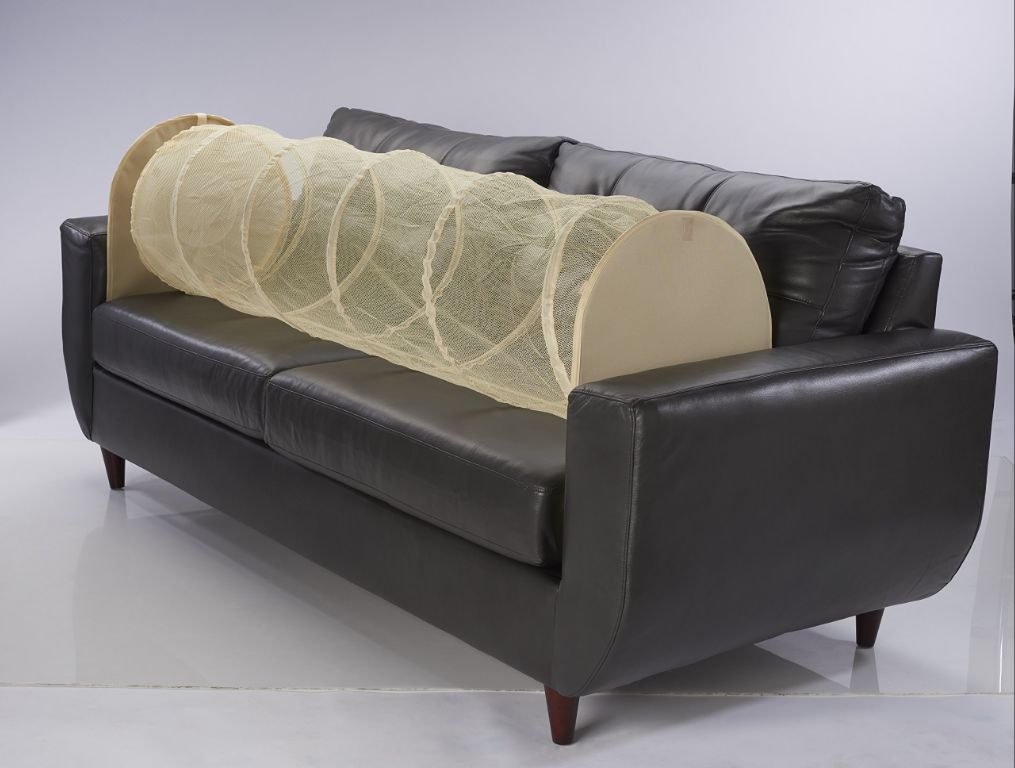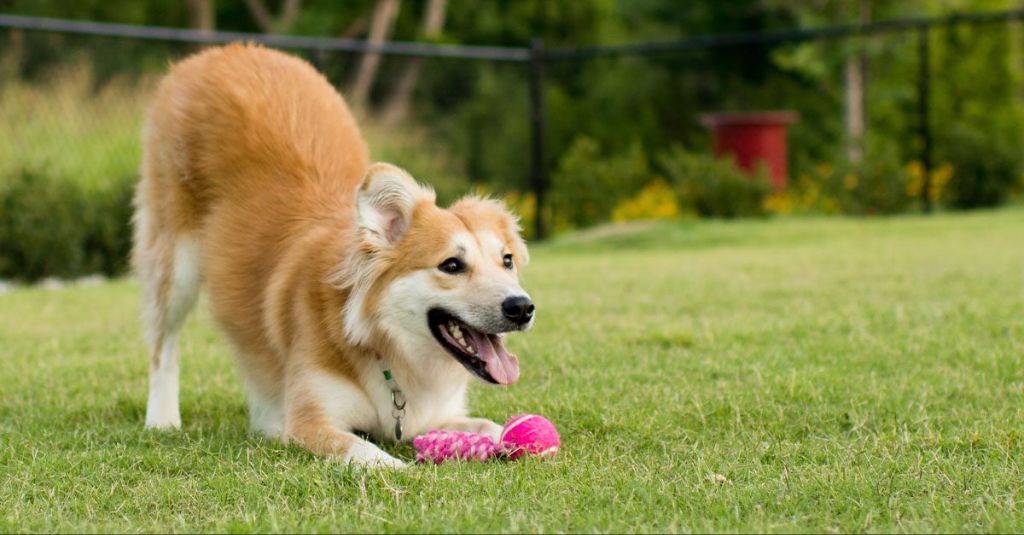Introduction
It’s a common issue for dog owners – you’ve just bought a nice new sofa or bed, only to find your furry friend jumping up and making themselves comfortable in places you don’t want them. Dogs naturally seek warm, comfortable places to rest, and your furniture looks very inviting.
While it can be cute to find your dog curled up on the couch, allowing them up on furniture can lead to problems. Their nails can snag fabric, and accidents can damage or stain upholstery. Dog fur and dirt on furniture is also unsightly and unhygienic. Establishing rules against dogs on furniture is best done early before bad habits form.
Why It’s a Problem
Dogs can cause serious damage to furniture, ruining upholstery, tearing apart cushions, and scratching or gouging wood surfaces. This damage can be expensive and difficult to repair.
Allowing dogs on furniture also presents cleanliness issues. Dog hair, dirt from paws, and even parasites can get ground into fabric. Dog odors can also accumulate in soft furnishings over time.
For people with allergies, dog dander on furniture can trigger reactions. Letting dogs up exacerbates allergy symptoms.
Training
Teaching your dog the “off” and “down” commands can be an effective way to keep them from jumping on furniture. This source recommends starting training early when your dog is still a puppy. Use positive reinforcement like treats and praise when they follow the command to get off the couch or lay on the floor instead. With consistent training, most dogs will learn not to get on furniture unless given permission. Make sure everyone in the household uses the same commands and rewards the dog for good behavior.
Barriers
One of the most effective solutions for keeping dogs off furniture is to place physical barriers that prevent access. Baby gates can be used to block off areas of furniture you want to protect. Make sure to get tall, sturdy gates the dog can’t jump over or push down. Pressure mounted gates are the easiest to install and remove. For furniture like couches, covers can deter dogs from jumping up. Look for covers made of slick materials like vinyl that are uncomfortable for dogs to walk on. Tuck the covers in firmly and use furniture anchors to keep them in place when the dog tries to get on. You can also place double-sided sticky sheets on furniture to startle dogs with the unpleasant texture. Just be mindful that barriers alone don’t train the dog, so you’ll still need to reinforce the “off” command.

Unpleasant Deterrents
Some deterrents create mild discomfort or an unpleasant sensation that dogs want to avoid. These can be effective for discouraging dogs from getting on furniture. Here are some top options:
Aluminum Foil: Cover the furniture cushions in aluminum foil. The foil feels cold and uncomfortable on paws. It also makes a crinkling sound when the dog steps on it. Both the texture and sound are unpleasant. The foil can be placed under cushions or secured with tape. Replace as needed since it can become less effective over time as dogs get used to it.
Double-Sided Tape: Stick special double-sided tape designed for furniture along the edges and surfaces of couches, chairs, beds, etc. When the dog’s paws touch the tape, it will stick to their paws in an uncomfortable way that they will want to avoid. Replace the tape frequently to keep it maximally sticky. It may also help to use tape with an unpleasant scent.

Appealing Alternatives
Providing your dog with an appealing alternative to jumping on furniture can be an effective deterrent. Place comfortable dog beds, mats, and other dog furniture around the house. Designate a specific spot just for your dog with their toys and treats nearby. This gives them their own space to relax off of the furniture.
Prioritize areas where your dog likes to lay down, such as next to you or by a window. Use beds and mats with soft, plush fabric and bolstered sides for maximum comfort. Maintain the dog’s designated space by keeping it clean and washing dog beds regularly.
Rotate different beds to keep their novelty. Bring out certain premium beds at special times as an added draw. Giving your dog an appealing dog-friendly area of their own makes furniture less tempting for them.
Source: https://storables.com/furniture/outdoor-furniture/how-to-keep-dogs-off-patio-furniture/
Exercise
Getting your dog adequate physical and mental exercise is crucial for deterring unwanted furniture jumping [1]. Dogs that don’t get enough activity can become restless and look for outlets like jumping on furniture.Aim for at least 30-60 minutes of exercise per day through activities like walks, playing fetch, or engaging with puzzle toys. Mental stimulation is just as important, so incorporate training sessions and games like hide-and-seek. A tired dog is less likely to have pent up energy that leads to unwanted behaviors. Make sure your dog has sufficient playtime and activity before leaving them alone around furniture.

Managing Access
One of the best ways to keep dogs off furniture is by limiting their access to it. According to McCann Dogs, “It’s entirely acceptable to allow your dog to access one piece of furniture only.” If you want to prevent your dog from getting on all furniture, consider closing doors to rooms with furniture when you are away or cannot supervise.
Crating your dog or confining them to a dog-proofed room or area of the house when you’re gone can ensure they don’t have the opportunity to jump up on furniture. The Spruce Pets advises that crating when you’re away and limiting access to some rooms is an effective approach to keeping dogs off furniture. Make sure your dog has plenty of toys and comfortable bedding in their crate or confinement area.
Medical Issues
Dogs jumping on and off furniture can exacerbate joint pain and mobility issues, especially as dogs age. The impact of landing can put stress on joints like hips and elbows, potentially worsening conditions like hip dysplasia, elbow dysplasia, and arthritis (source). Jumping up also requires strength and flexibility in the hind legs and back.
If a dog is already experiencing joint pain or mobility limitations, they may struggle to jump up onto furniture and could injure themselves trying. This is especially true for senior dogs or breeds prone to joint issues. An inability to comfortably leap onto furniture like couches or beds is a sign a dog’s joints are painful and they should avoid impact activities.
In these cases, providing ramps or steps can make furniture accessible without forcing dogs to jump and land hard. Consulting with a veterinarian can also help determine if medication, supplements, or physical therapy could improve joint health and mobility for furniture access.
When to Seek Help
If your dog continues to get on furniture despite your best training efforts, it may be time to seek professional help. An experienced dog trainer or veterinary behaviorist can assess your dog’s behavior and determine the best approach.
A professional can help identify the underlying motivation for your dog’s furniture use, whether it be territorial behavior, anxiety, or simply a stubborn habit. They can then create a customized training plan that addresses the root cause of the problem behavior.
For territorial or anxiety-related issues, a trainer may recommend medications alongside behavior modification techniques like desensitization and counterconditioning. These can help your dog feel more relaxed and receptive to training.

Professional help is especially recommended for dogs with a history of growling, snapping, or biting when prevented access to furniture. This indicates a more serious issue that average pet owners may not be equipped to handle safely on their own.
Don’t hesitate to reach out to an expert if you’ve exhausted all options for keeping your dog off the couch. With their guidance, you can find an effective solution that improves your dog’s behavior as well as your relationship.
See: Desperate for help with territorial and furniture aggressive dog
